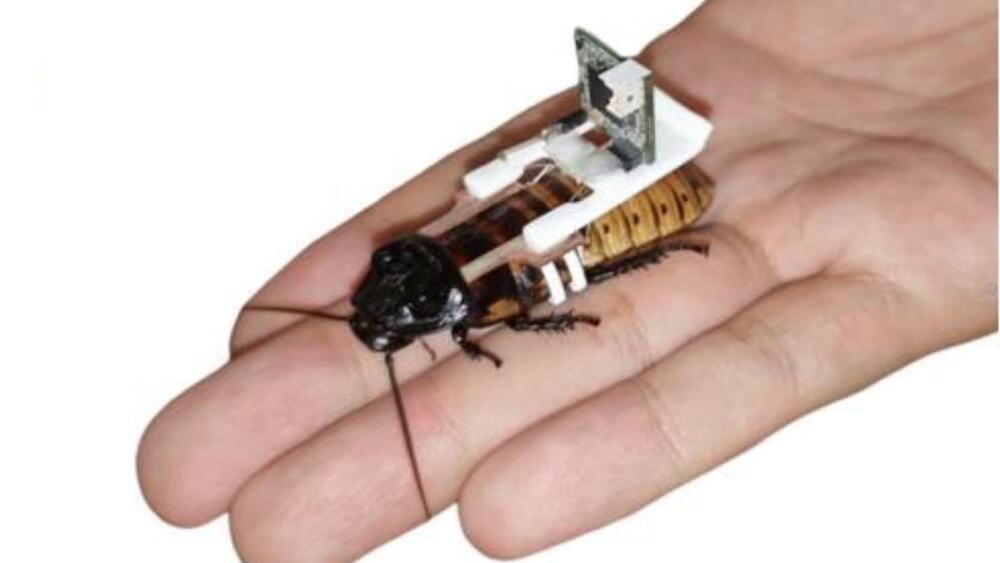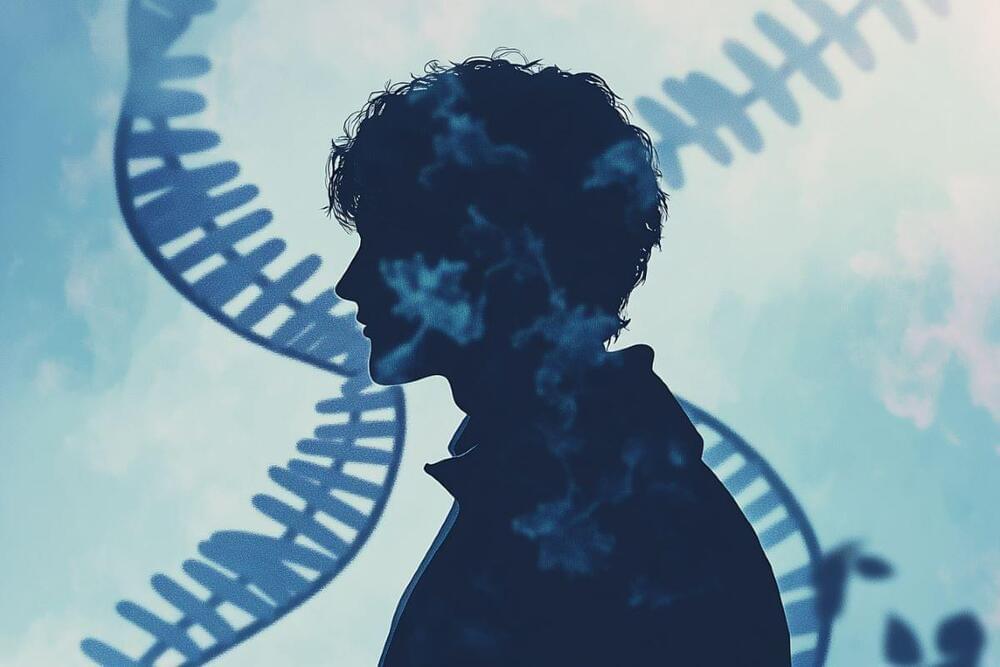Dec 15, 2024
Imagine a Drug That Feels Like Tylenol and Works Like OxyContin
Posted by Arthur Brown in categories: biotech/medical, futurism
New research points to a future in which pleasure and pain relief can be independently controlled.
New research points to a future in which pleasure and pain relief can be independently controlled.
33 kilometers: the new record for quantum entanglement between two atoms over fiber optics. Key Takeaways Researchers entangled two atoms across 33 kilometers of fiber […].
To reduce the loss induced by forest fires, it is very important to detect the forest fire smoke in real time so that early and timely warning can be issued. Machine vision and image processing technology is widely used for detecting forest fire smoke. However, most of the traditional image detection algorithms require manual extraction of image features and, thus, are not real-time. This paper evaluates the effectiveness of using the deep convolutional neural network to detect forest fire smoke in real time. Several target detection deep convolutional neural network algorithms evaluated include the EfficientDet (EfficientDet: Scalable and Efficient Object Detection), Faster R-CNN (Faster R-CNN: Towards Real-Time Object Detection with Region Proposal Networks), YOLOv3 (You Only Look Once V3), and SSD (Single Shot MultiBox Detector) advanced CNN (Convolutional Neural Networks) model.
A 21-year-old Edmontonian is developing a 3D printer designed to take soil from the moon and convert it into essential equipment for astronauts.
Madison Feehan, CEO and founder of Space Copy, said she realized that 3D printing could substantially reduce the significant cost and logistic hurdles of sending astronauts back to the moon during her five years as a contract worker for NASA.
Radio Active’s Min Dhariwal spoke with Feehan this week to learn more about her research.

Researchers can mass-produce these cyborg cockroaches for disaster relief, surveillance, and environmental monitoring.
Researchers from Singapore have developed a new machine to automatically turn cockroaches into cyborgs in 68 seconds flat.
Continue reading “Cockroaches turned into cyborgs in 68 secs with new automated machine” »
Apple is reportedly developing a custom server processor to power its AI services. Codenamed “Project Baltra,” the initiative aims to bolster the AI capabilities integrated into Apple’s operating systems, with production expected to begin in 2026, according to The Information, which cites three unnamed sources familiar with the matter.
These sources indicate that Apple is partnering with semiconductor giant Broadcom for this endeavor. Apple now possesses a strong history and experience designing its own Arm-based silicon and already maintains an existing relationship with Broadcom in 5G component development.
While specific details remain scarce, it is speculated that Broadcom’s recent unveiling of its 3.5D eXtreme Dimension System in Package (3.5D XDSiP) technology could play a role in the project’s development.
Interim Intel co-CEO Michelle Johnston Holthaus announced that the first engineering samples of hardware manufactured with the company’s 18A semiconductor node have been delivered to customers. Her comments aim to reassure industry observers that Intel’s foundry business remains on track to compete with TSMC’s and Samsung’s 3nm and 2nm nodes starting next year.
At the Barclays Annual Global Technology Conference, Holthaus and co-CEO David Zinsner discussed Intel’s upcoming Panther Lake processors, which will debut the 18A process node upon their expected launch in the second half of 2025. Holthaus revealed that eight foundry customers have powered on ES0 (likely “Engineering Sample 0”) chips built on the 18A node, signaling significant progress compared to six months ago.
Intel released version 1.0 of the 18A process design kit in July, enabling customers to begin developing chips based on the node. In August, the company confirmed that internal samples of Panther Lake and Clearwater Forest processors, built on the 18A node, successfully powered on and booted Windows with satisfactory performance. The statements made at the Barclays event mark the first confirmation of 18A usage outside of Intel.

Join us on Patreon! https://www.patreon.com/MichaelLustgartenPhD
Discount Links/Affiliates:
Blood testing (where I get the majority of my labs): https://www.ultalabtests.com/partners/michaellustgarten.

Summary: Researchers have identified a genetic mechanism that regulates behavioral adaptations to emotional experiences by forming R-loops, unique RNA: DNA structures that activate target genes. The study focused on NPAS4, a gene implicated in stress and drug addiction, showing how blocking R-loops prevents maladaptive behaviors like cocaine seeking and stress-induced anhedonia in mice.
This mechanism demonstrates how emotional experiences influence brain circuits by altering gene expression through enhancer RNA. The findings could pave the way for RNA-based therapies to treat psychiatric disorders linked to stress and substance use.
Conquering space is among the main challenges humanity now has — and the huge number of discoveries made in recent decades suggests that nothing is impossible. Tourism beyond Earth is already gaining popularity, and this sector will evolve soon. However, simply enjoying the space views may become boring shortly, and travellers will search for alternative entertainment options. It’s now pretty early to ask whether people will be able to build a land-based casino on the Moon, but some experiences may become available in the near future. The iGaming sector is rapidly evolving, leaving offline settings behind. We can predict that space gambling will begin from top-rated slot games not on GamStop, which are widely accessible globally. Casino platforms have a vast growth potential nowadays, so what would prevent people from using them when enjoying space tourism?
The first bet beyond the Earth has already been placed — this significant event happened in 2021 when Jared Isaacman, the Inspiration 4x commander, wagered on the NFL. Although it may take a while for such betting experiences to become more widespread, the beginning has already been made.
